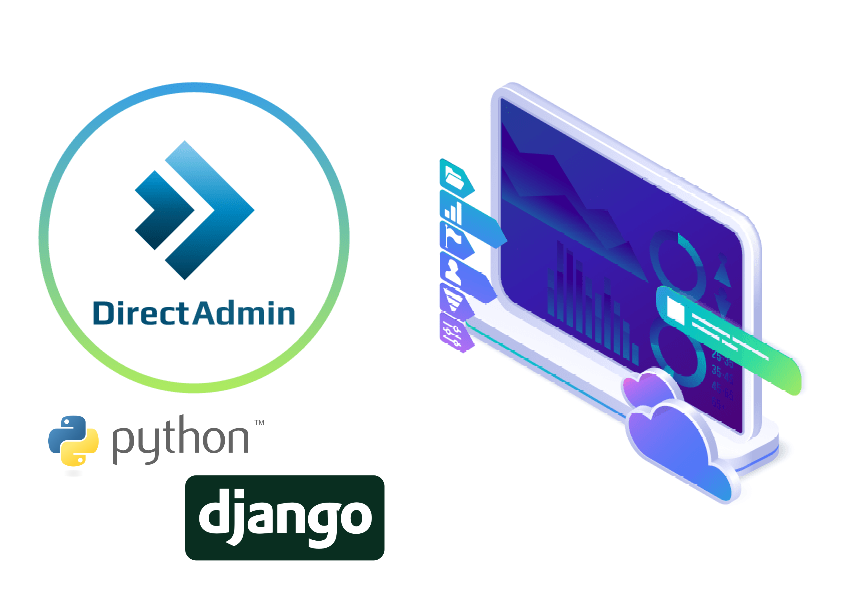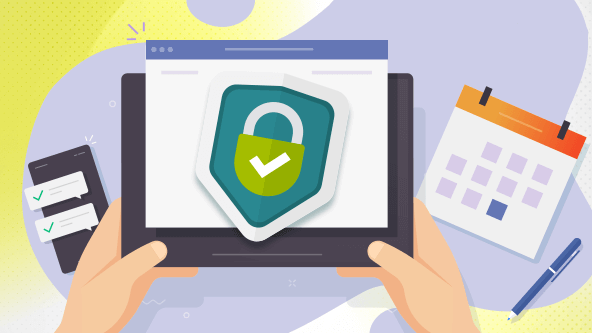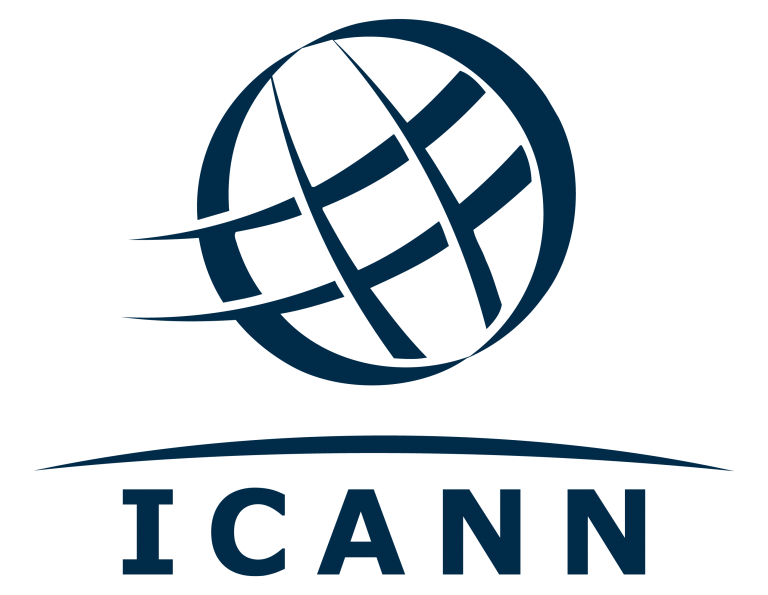Installing and running Python/Django on Directadmin
Python is one of the flagship programming languages in the world, and its popularity is constantly growing, as is the popularity of Python applications for server deployment. The developers also took care of user convenience and created a number of useful frameworks for this language, including Django.
Creating Python/Django on Directadmin
To create a Python web application using Django on a hosting service with a Directadmin control panel, you need to follow these steps (some details may vary depending on your hosting provider and server configuration):
- Make sure your hosting provider supports Python and Django on their servers.
- Make sure Python and Django are installed on your server. You can usually install them using package managers such as pip and virtualenv.
- Create a database for your Django project. Directadmin often uses MySQL, so you can create a database through the control panel.
- Upload the project to LiteSpeed or another web server.
- Configure a web server (such as Apache or Nginx) to serve your application. At this point, you need to configure proxy redirects and virtual hosts.
- Ensure that your web server is properly configured to handle static files (CSS, JavaScript, etc.) through Django.
- In the settings.py file, specify the connection parameters to the database you created on the server.
- Run your Django application on the server.
- In the Directadmin control panel, configure the DNS records for your domain to point to the server where your application is running.
- Test your application.
One important step is downloading the project files directly to the server. You can do this in any convenient way. Cpanel or Directadmin control panels are often used for this purpose. To make a choice in favor of this or that option, it is worth paying attention to their functionality. Before you can use this option, you must first obtain Directadmin licenses.
Experienced users usually use Cpanel or Directadmin file managers, as it is much easier to work with the built-in SSH clients. Even a beginner can easily understand all the subtleties.
To get started, there are a few basic steps to follow beforehand.
- Initially, you need to enter the appropriate command, and wait until the copying process is complete.
- All files to be copied will end up in the root directory of the Cpanel account. A django-example-todo folder will be created separately in the directory, where the same files will be located.
Professionals advise changing the folder name, as you can’t use names that include a hyphen when using a Python application.
Installing Python/Django on a hosting site
Installing Python/Django on remote hosting may vary depending on the hosting provider and the type of server. The general algorithm is as follows:
- Choose a hosting provider that supports Python and Django, and make sure your hosting plan includes server access and the ability to install the necessary components.
- Log into your hosting control panel and create a web application if it has not been created previously. For development it makes sense to use auxiliary software such as a website builder.
- Use FTP or SFTP to upload your Django application files to the server. This directory is usually called “public_html” or “www”.
- Check which version of Python is already installed on your hosting server. If necessary, install the correct version of Python via the server control panel or SSH.
- Install Django on the server using pip (if necessary). Type the following at the command prompt: “pip install Django”.
- Set up a database connection (in most cases it will be MySQL or PostgreSQL), then specify the database connection settings (host, username, password) in the Django settings file (“settings.py”).
- Apply Django migrations to create tables in the database via the command: “python manage.py migrate”. If your application uses Django’s authentication system, you can create a superuser by entering the command: “python manage.py createsuperuser”.
- Configure the web server and specify which WSGI server you are using (for example, Gunicorn or uWSGI).
- Launch your application. This can be done using Gunicorn by typing the command “gunicorn your_project_name.wsgi”.
To simplify the process as much as possible, you can add a requirements.txt file. By using the corresponding button, you can start the installation of all required modules.
When starting a Django application, you should check for any files that may be required for normal operation. It is mandatory to perform deletion of the standard wsgi.py file. If required, additional files can be downloaded at any convenient time.
Configuring Django on Directadmin
To take full advantage of the Python application, you should set things up properly. The first thing you need to do is create the database, or migrate it. Additionally, you can obtain and use an SSL certificate.
To avoid copying all files one by one, you can prepare a corresponding symbolic link in advance. But you may not always be able to use this option for organizing static files. To make the right choice, you should first establish exactly how the application was written and what tools were used for this purpose.
Features of database connection
Free and free framework for development and for preparing Django applications, which is written in Python, is used quite often. The reasoning behind this is that Django supports several different drivers and databases. Among the total number of available drivers, MariaDB (MySQL), PostgreSQL, and SQLite deserve special attention. To make the right choice, it is worth taking into account not only the features, but also the limitations set.
Often, the current version of Django, which is augmented with a standard database driver, is used for this purpose. In this case, you should use the common SQLite library. In doing so, it is important to correctly identify the appropriate version. Some operating systems that are often installed on servers also impose corresponding limitations.
To avoid errors, you can use a different driver. For example, MariaDB is suitable for this purpose. This driver option can be used to install complex applications and large databases. The basic driver is used only if you need to run test projects.
To install an upgraded version of SQLite rather than the standard version, you need to contact technical support. In this case, data packet compilation capabilities will be run for the specific account.
If you use classic versions of MySQL or PostgreSQL drivers, you need to access the compiler. To do this, you also need to utilize technical support services.
Conclusion
To deploy a Python application on your own, you need to follow the above instructions. By studying them carefully and implementing them consistently, it will be possible to minimize the likelihood of errors.








